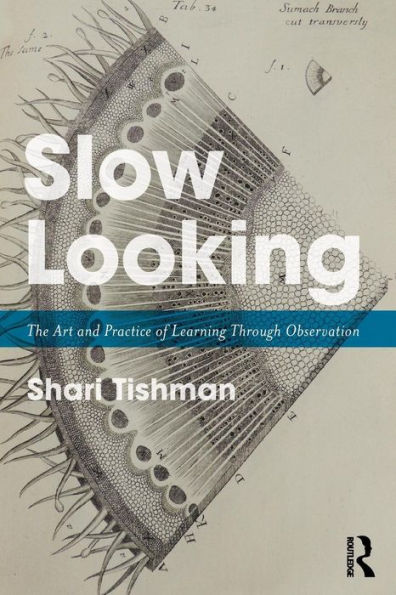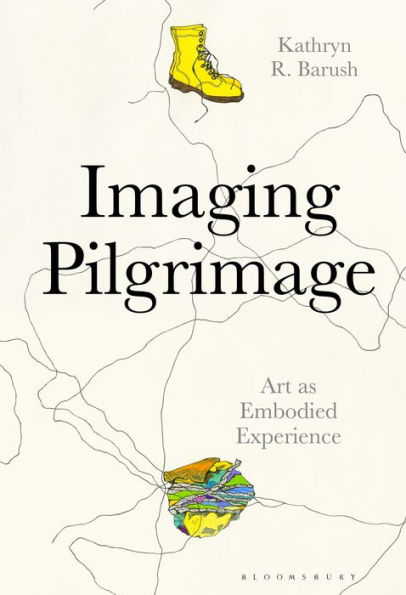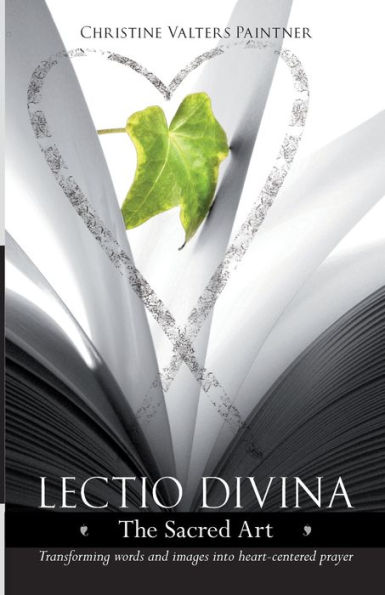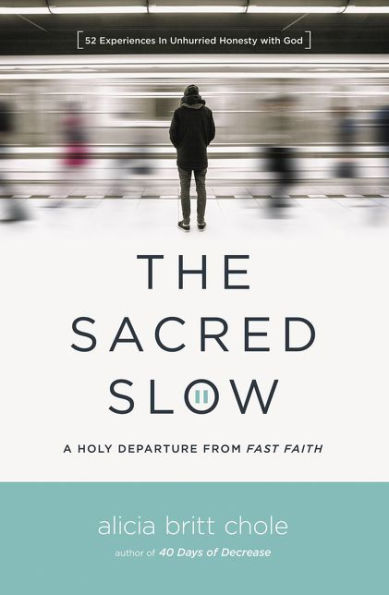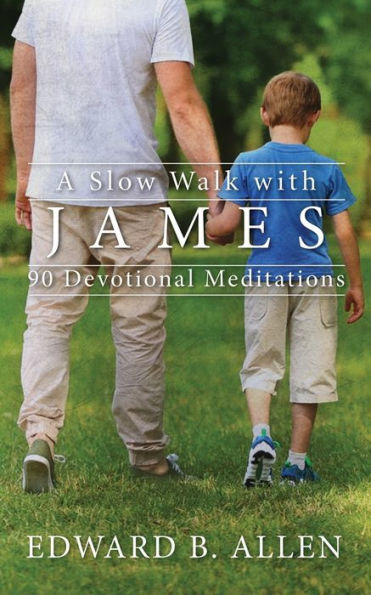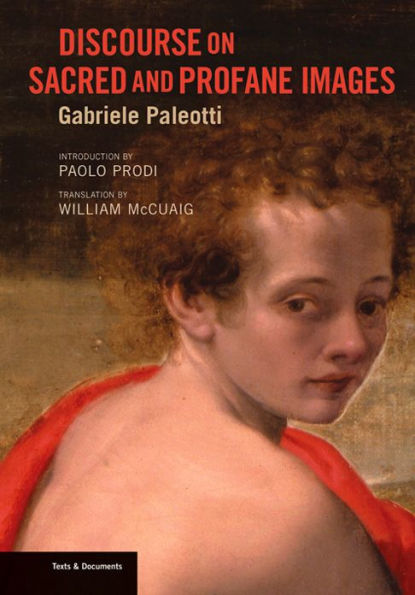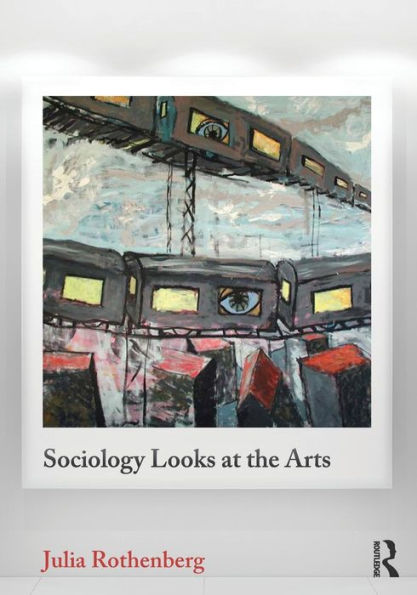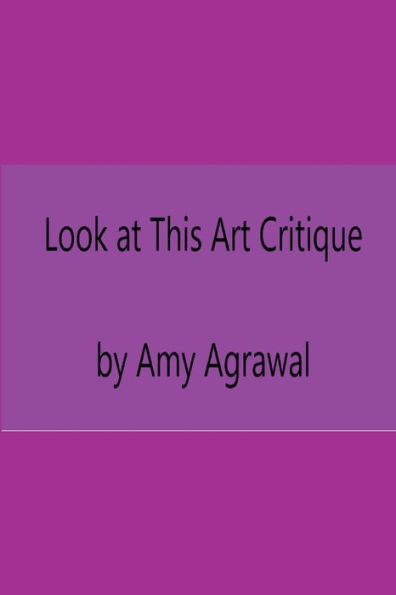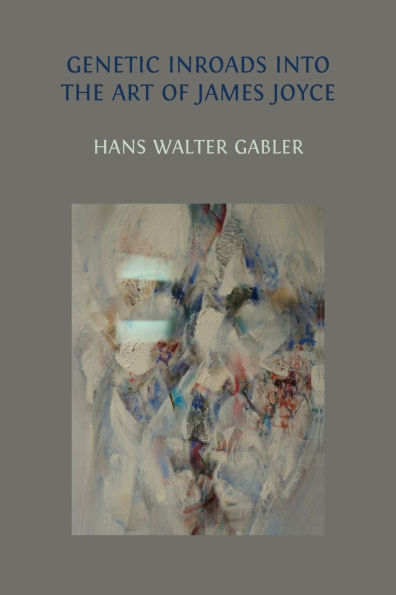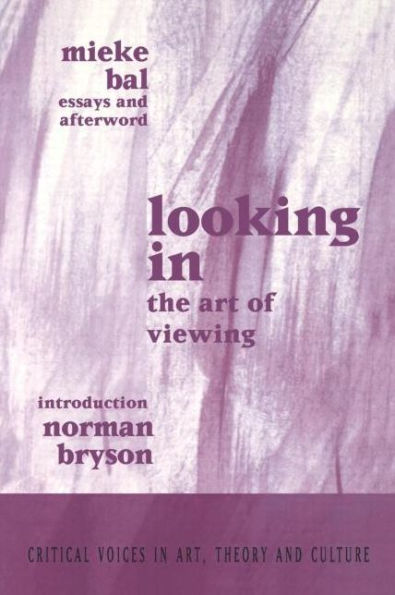Home
Slow Art: The Experience of Looking, Sacred Images to James Turrell
Barnes and Noble
Slow Art: The Experience of Looking, Sacred Images to James Turrell
Current price: $60.00


Barnes and Noble
Slow Art: The Experience of Looking, Sacred Images to James Turrell
Current price: $60.00
Size: Hardcover
Loading Inventory...
*Product information may vary - to confirm product availability, pricing, shipping and return information please contact Barnes and Noble
Americans, on average, spend between six and ten seconds with individual artworks in museums or galleries—hardly time enough. But how, in our culture of distraction, might we extend attention?
Slow Art
models sustained ways of looking, through encounters with various media both present and past—including photography, painting, sculpture, “living pictures,” film, video, digital and performance art—even light and space. Works by Diderot, Emma Hamilton, Oscar Wilde, Jeff Wall, Sam Taylor-Johnson, Andy Warhol, and Richard Serra, among others, shape a new and distinct aesthetic field. But rather than a collection of objects, slow art is participatory—it directly engages beholders to bring artworks to life. Against current orthodoxy, Arden Reed argues that, for contemporary viewers, the contemplation of slow art is akin to religious practices during the ages of faith.
Slow Art
models sustained ways of looking, through encounters with various media both present and past—including photography, painting, sculpture, “living pictures,” film, video, digital and performance art—even light and space. Works by Diderot, Emma Hamilton, Oscar Wilde, Jeff Wall, Sam Taylor-Johnson, Andy Warhol, and Richard Serra, among others, shape a new and distinct aesthetic field. But rather than a collection of objects, slow art is participatory—it directly engages beholders to bring artworks to life. Against current orthodoxy, Arden Reed argues that, for contemporary viewers, the contemplation of slow art is akin to religious practices during the ages of faith.
